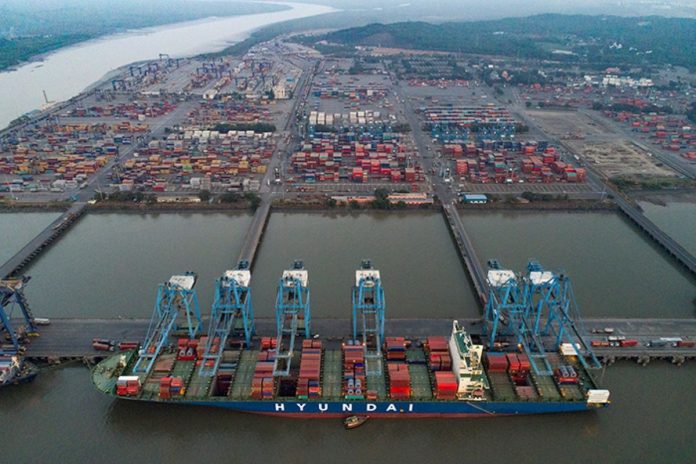Mumbai Port Authority (MPA) plans to develop a 25-year master plan for the overall port development.
A tender was recently put out by the MPA to appoint a qualified consultant for updating and augmenting the master plan for Mumbai Port with planning horizon of 2047.
The final date of submission is 12 December 2022.
MPA is in search of an experienced consultant, for the proposed comprehensive master plan 2047 for the entire port area, including cargo (future industrialisation in the hinterland), land use planning and optimisation, hinterland multimodal connectivity, etc.
Mumbai Port is the second oldest port of the country that has been handling the largest cargo for many years.
Changing trends in shipping industry viz increase in ship size and evolution of containerisation technology and subsequent development of a second port across the bay have brought Mumbai Port to a stage of metamorphosis where it now needs to reinvent itself.
Major ports of the world like Baltimore, Miami and Barcelona where huge metropolitan cities have come up, have had to create a new vision for themselves that has focused on waterfront development entailing water transport and sea tourism.
The redevelopment has become the unique selling point of these ports given their location within the large metropolises.
The Ministry of Shipping recognised the need for this transformation of Mumbai Port and was facilitated by the state urban development department of Maharashtra which granted the status of Special Planning Authority to Mumbai Port Trust for planning and subsequent execution of the development of the port.
The proposed master plan will be on the lines of the Union Budget 2022, which set a roadmap to achieve Prime Minister’s Office’s vision in India’s 100th year of independence, which has been named ‘Amrit Kaal’, said MPA official, reports Financial Express.
Mumbai Port is today facing challenges posed by competition from adjoining ports and private ports, changing traffic patterns, inherent physical constraints and continuing labour intensive operations, etc. However, it is taking various measures to render cost effective and quality services to the trade.


